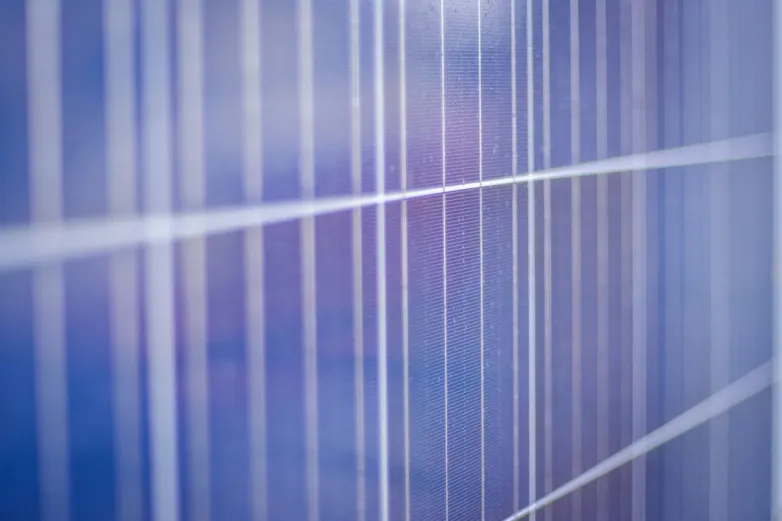Analyzing thermal behaviour of solar panels via thermography
- A group of Hungarian scientists have compared thermal behaviour of various solar modules by means of thermography. Their research has shown that theoretical predictions are not as accurate as they were expected to be.

The researchers have applied infrared imaging for analysis of various photovoltaic modules. The average outdoor temp has been 19 degrees Centigrade. The min, average and max irradiation intensities have been 107, 815 and 1,135 watts per square meter. Report Generator Lite SW has been used for aperture area measurement of temperature values.
Average temperature
Poly-Si devices have shown the least average temp of 49.35 degrees Centigrade. A-Si modules have demonstrated the highest average temp of 53.32. In general, average temp has been found more or less similar for all the panels tested.
Temperature gradient
It has been detected that the highest temp gradient is characteristic for modules with no frames. Thus, a-Si glass-on-glass modules have shown a gradient of 14.8 degrees Centigrade, while mono-Si devices have demonstrated a value of 14.27. As for framed polycrystalline panels, they have displayed the lowest temp difference: 13.93 degrees and 12.68. The average temperature difference for all the devices under study has been defined as 10.6 percent.
Comparison of theoretical predictions
Sandia, PVsyst, Ross and Homer models have been used to theoretically predict the module temp behaviour. All the 4 SW products have forecasted max temperatures lower than the ones obtained experimentally. Sandia has provided the most accurate prediction for min temp, though the model is tending to underestimate the value. The Homer has proven to be the most accurate average temp forecaster among the four models.
Also read

